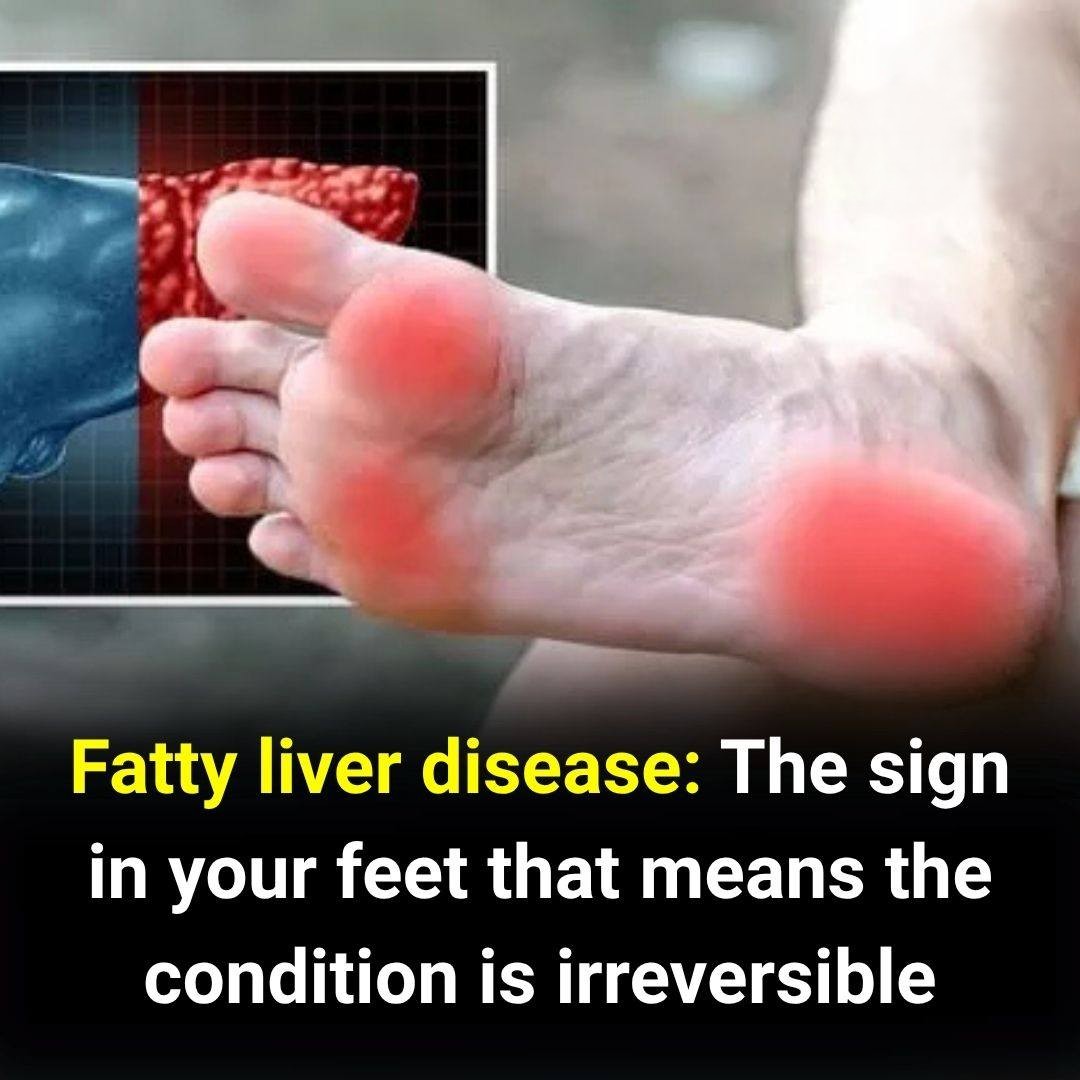Fatty Liver Disease: The Warning Sign in Your Feet That May Indicate Irreversible Damage
Fatty liver disease, also known as hepatic steatosis, is a growing health concern worldwide. It occurs when excess fat builds up in the liver, gradually impairing its ability to function. While the condition often develops silently, certain warning signs in the body can indicate that the disease has progressed to a severe and potentially irreversible stage. Surprisingly, one of these critical signs can appear in the feet.
Understanding Fatty Liver Disease
The liver plays a vital role in filtering toxins, metabolizing nutrients, and supporting digestion. When fat accumulates excessively within liver cells, it causes inflammation and damage. Over time, this can progress to fibrosis, cirrhosis, or even liver failure if left untreated.
Fatty liver disease is commonly linked to:
-
Obesity and poor diet
-
Excessive alcohol consumption
-
Type 2 diabetes
-
High cholesterol and triglycerides
-
Sedentary lifestyle
The Connection Between Liver Damage and Foot Symptoms
Advanced liver disease affects blood circulation and nerve health, which can manifest in the feet. One of the most concerning signs is persistent pain, redness, or burning sensations in the soles of the feet. This condition, known as peripheral neuropathy, develops when liver damage disrupts the body’s ability to process toxins, leading to nerve irritation.
Additionally, fluid retention caused by liver dysfunction can result in swelling of the feet and ankles, a condition known as edema. When combined with redness, pain, or numbness, these symptoms may indicate that liver damage has reached an irreversible stage.
Why This Symptom Is Critical
When fatty liver progresses to cirrhosis, scar tissue permanently replaces healthy liver cells. At this stage, the condition is no longer reversible. The appearance of neuropathic pain or persistent swelling in the feet may therefore signal that the disease has advanced beyond the point of repair.
Other Symptoms to Watch For
Next Page

